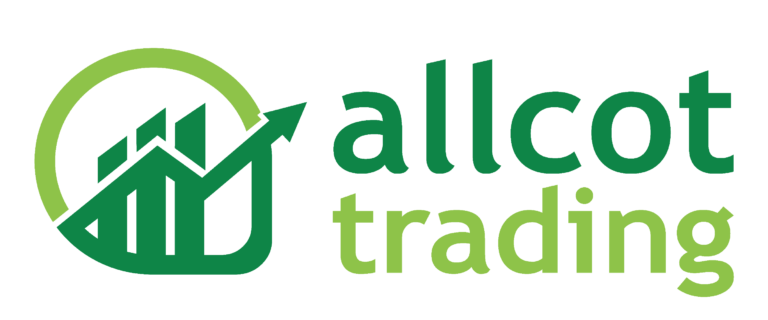Enabling sustainable development through the adoption of renewable energy technologies
CUMAYASA SOLAR PHOTOVOLTAIC FARMS

This project aims to provide clean, renewable, reliable, and sustainable energy to the grid of the Dominican Republic

Helping meet the rising energy demand to bolster the nation’s expanding economy
By utilizing solar energy, an abundant renewable energy resource in the country, the project will not just provide clean energy to the grid, but will also reduce the nation’s high dependence on imported fossil fuels.
Besides this, the project will also contribute towards bridging the gap between demand and supply of power and therefore, will strengthen national energy security.
The project is expected to reduce 138,385 tCO2eq of emissions annually.
The project activity is in km 10 of Cumayasa, Cumayasa section, Villa Hermosa Municipality, La Romana Province, Dominican Republic (member of SIDS, Small Island Developing States).
The project
About the project
Cumayasa project is composed by two solar photovoltaic farms, Cumayasa 1 and Cumayasa 2. The peak power output of Cumayasa 1 is 60.04MWp and 50MW of nominal power capacity and for Cumayasa 2 is 36.007 MWp and 30 MW, respectively. Cumayasa 1 covers an area of 734,979.56 m2 and Cumayasa 2 was built in an area of 520,479.53 m2. The total area covered by the project is 1,255,459.09 m2.
The operating lifetime of the project will be 25 years.
- Technology: PV
- Avoidance project
- Delivery: Q1 2025
- Vintage: 2023+
What is the project's contribution?
Annual renewable energy generation capacity of approximately 192,738 MWh
At least 3000 USD will be invested every year in projects that benefit local communities
Residents will be prioritized for employment opportunities, based on their qualifications and skills
Creation of job positions, hiring up to 10 qualified and non-qualified workers
The project and the community
Planta Solar Fotovoltaica Cumayasa Project has many positive impacts in both the community and the area. The overall project goals are to:
-
The project will bring economic stability, alleviate poverty, improve the standard of living, and eventually help in improving the regional economy.
-
The Annual Base Salary of all the employees will be higher than the minimum wage criteria of the country.
-
All employees will attend skill development workshops to develop technical skills and receive training in a variety of areas.
-
Development of a social investment action plan for the people in the community to apply for assistance: local school restoration, Cumayasa sports club support, etc.

The Gold Standard is a standard for voluntary carbon offset projects that aim to reduce greenhouse gas emissions. It requires projects to meet rigorous environmental and social criteria and ensures the offset credits generated are of the highest quality.
The Gold Standard is widely recognized as a leading certification body for carbon offsetting and has played a significant role in advancing sustainable development and climate action.
With the income from carbon credit revenue, the project will be able to reinforce and expand its SDG positive impacts
How does this project contribute to the SDG’s?
The activities implemented as part of this project contribute to the achievement of Agenda 2030’s Sustainable Development Goals in the beneficiary communities, complying with all 17 SDGs.
With a special focus on:

Substantially increase the share of renewable energy in the global energy mix by 2030.

Achieve full and productive employment and decent work for all women and men, including for young people and people with disabilities, and equal pay for work of equal value by 2030

Consultative meetings with communities have been carreid out, introducing the objectives of the carbon credit project
Interested in purchasing credits for this project?
We are here to help!
If you are interested in acquiring credits for this project, feel free to contact us!







